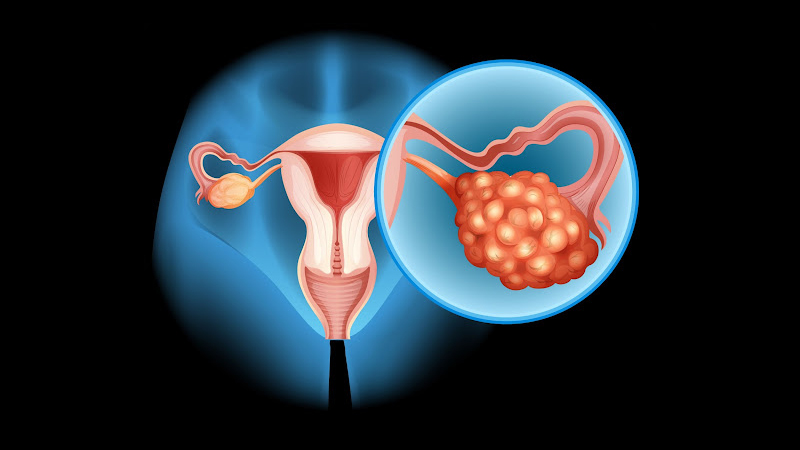
Cancer of Cervix, Endometrium & Overy Pap Smear
Cervical cancer, endometrial cancer, and ovarian cancer are three types of gynecological cancers that can affect women's reproductive organs. Pap smear, also known as Pap test or cervical smear, is a screening test primarily used to detect cervical cancer, but it may also help in the early detection of endometrial and ovarian cancers in some cases. Here's how Pap smear screening relates to each of these cancers:
Cervical Cancer
Screening Method: Pap Smear
What is Pap Smear?
A Pap smear involves collecting cells from the cervix (the lower part of the uterus) to examine them under a microscope for abnormalities. These abnormalities may indicate the presence of pre-cancerous or cancerous changes.
Screening Guidelines:
- Women aged 21 to 65 years should have Pap smear screening every 3 years.
- Women aged 30 to 65 years may choose to have Pap smear screening every 5 years if combined with testing for human papillomavirus (HPV), a virus that can cause cervical cancer.
Importance:
- Pap smear screening is highly effective in detecting cervical abnormalities early, allowing for prompt treatment and prevention of cervical cancer.
- Routine Pap smear screening has significantly reduced the incidence and mortality rates of cervical cancer in countries where it is widely implemented.
Endometrial Cancer
Screening Method: Pap Smear (Limited)
Limited Utility:
- Pap smear is not routinely used as a screening test for endometrial cancer because the endometrial cells are not collected during the test.
- Endometrial cancer typically presents with symptoms such as abnormal uterine bleeding (e.g., postmenopausal bleeding or irregular menstrual bleeding), prompting further evaluation through imaging tests, endometrial biopsy, or dilation and curettage (D&C).
Diagnostic Procedures:
- Transvaginal ultrasound: To visualize the thickness of the endometrium.
- Endometrial biopsy: Sampling of the endometrial tissue for examination under a microscope.
- Dilation and curettage (D&C): Surgical procedure to scrape and collect tissue from the inner lining of the uterus for examination.
Ovarian Cancer
Screening Method: Pap Smear (Not Recommended)
Challenges:
- Pap smear is not recommended as a screening test for ovarian cancer because ovarian cells are not collected during the test.
- Ovarian cancer often presents with nonspecific symptoms in advanced stages, making early detection challenging.
Diagnostic Procedures:
- Pelvic examination: To assess the ovaries and detect any abnormal masses or enlargement.
- Transvaginal ultrasound: To visualize the ovaries and assess for abnormalities.
- CA-125 blood test: Measures the levels of a protein called CA-125, which may be elevated in women with ovarian cancer, although it is not specific to ovarian cancer and may be elevated in other conditions.
Conclusion
While Pap smear screening is highly effective for detecting cervical abnormalities and preventing cervical cancer, it is not routinely used for endometrial or ovarian cancer screening. Women should undergo regular gynecological examinations and discuss their individual risk factors with their healthcare providers to determine appropriate screening strategies for gynecological cancers. Early detection and prompt treatment remain critical in improving outcomes for all gynecological cancers.
